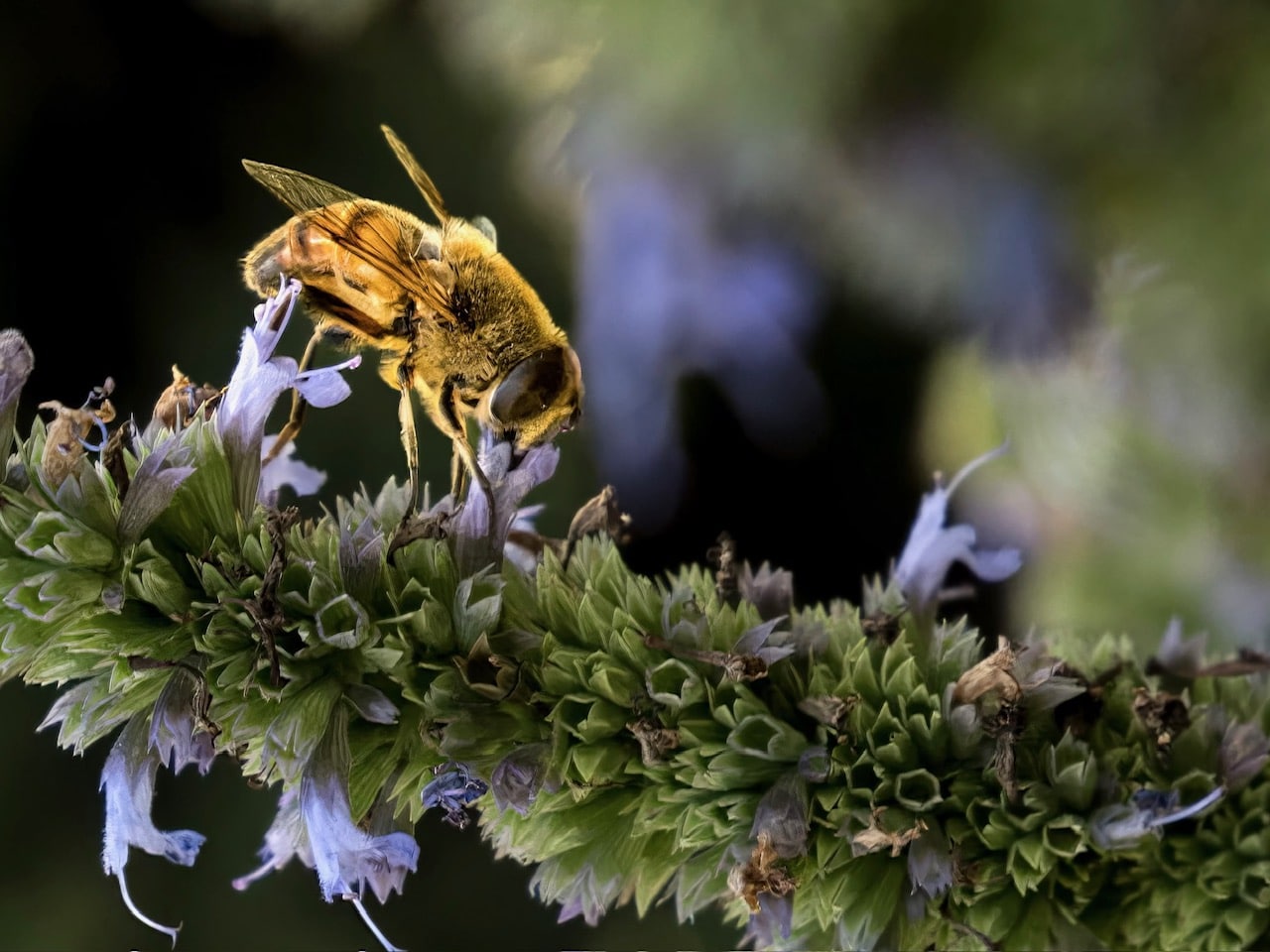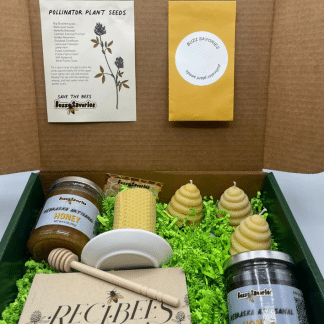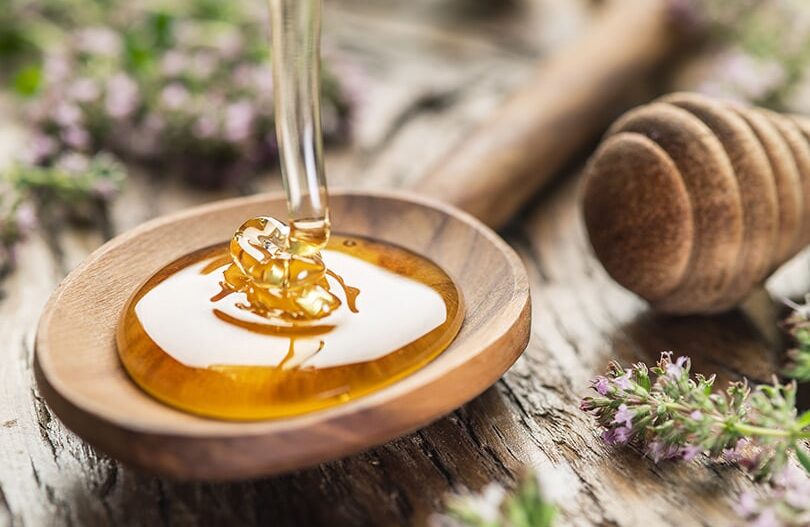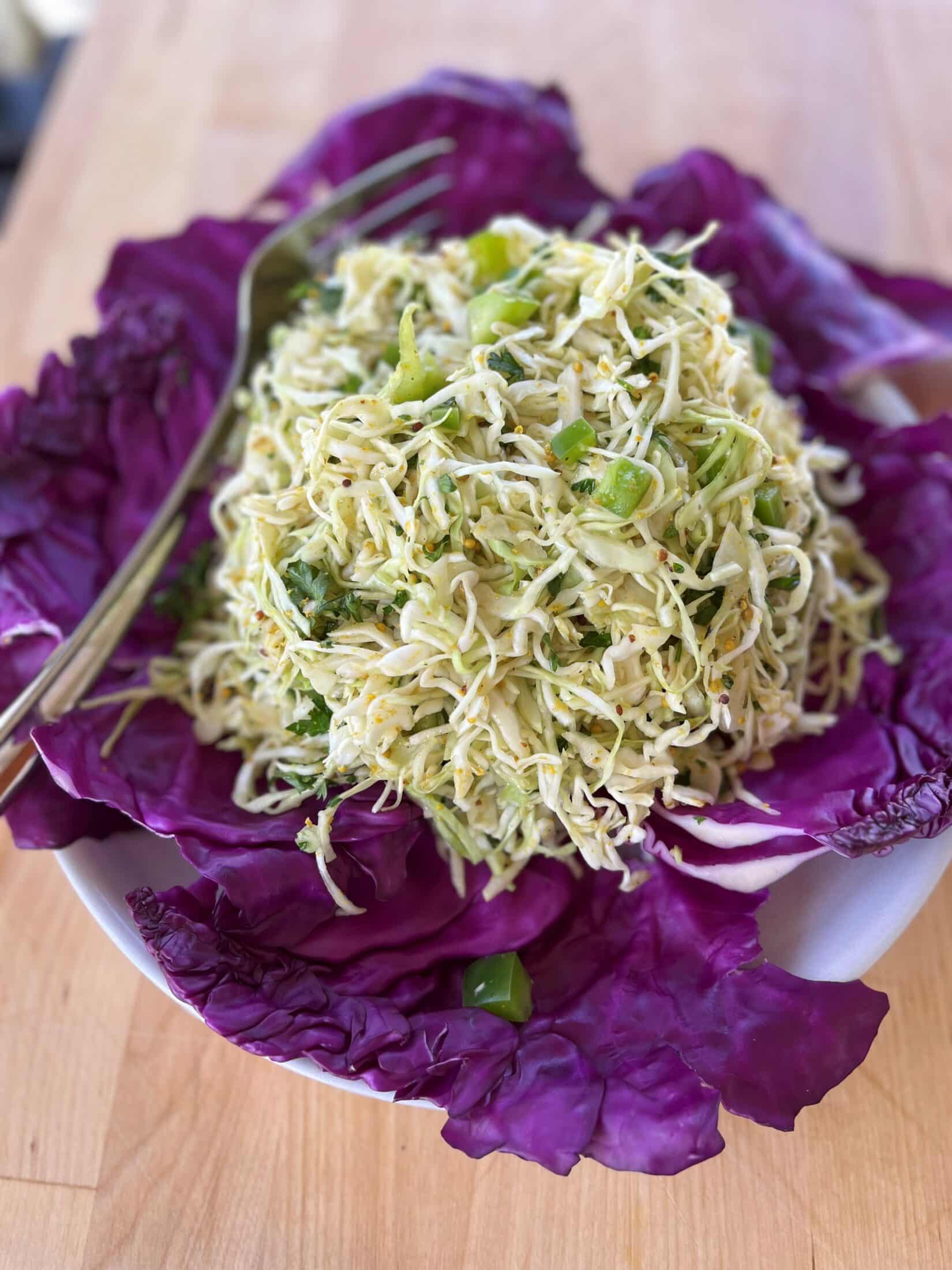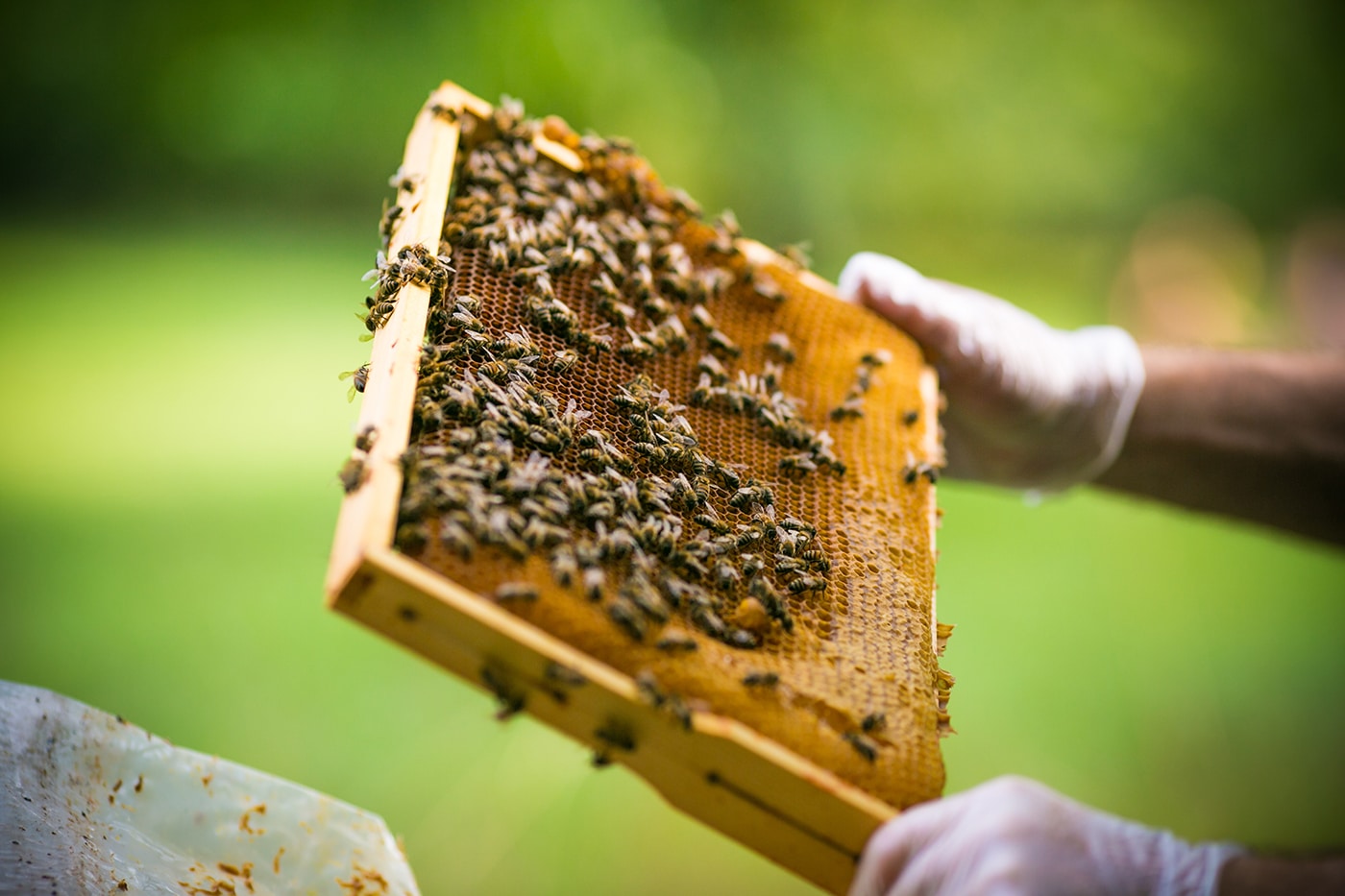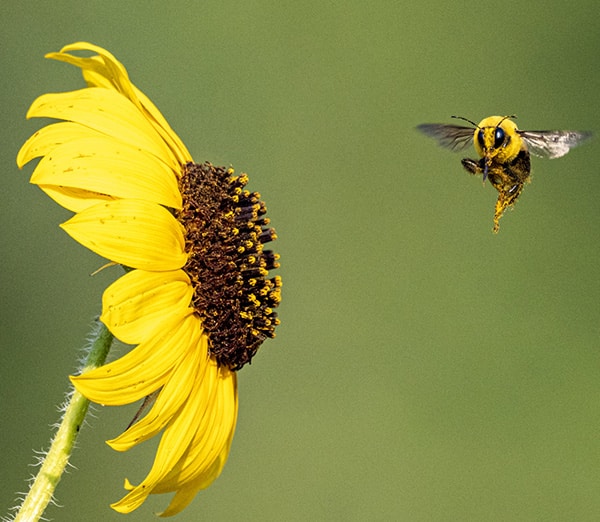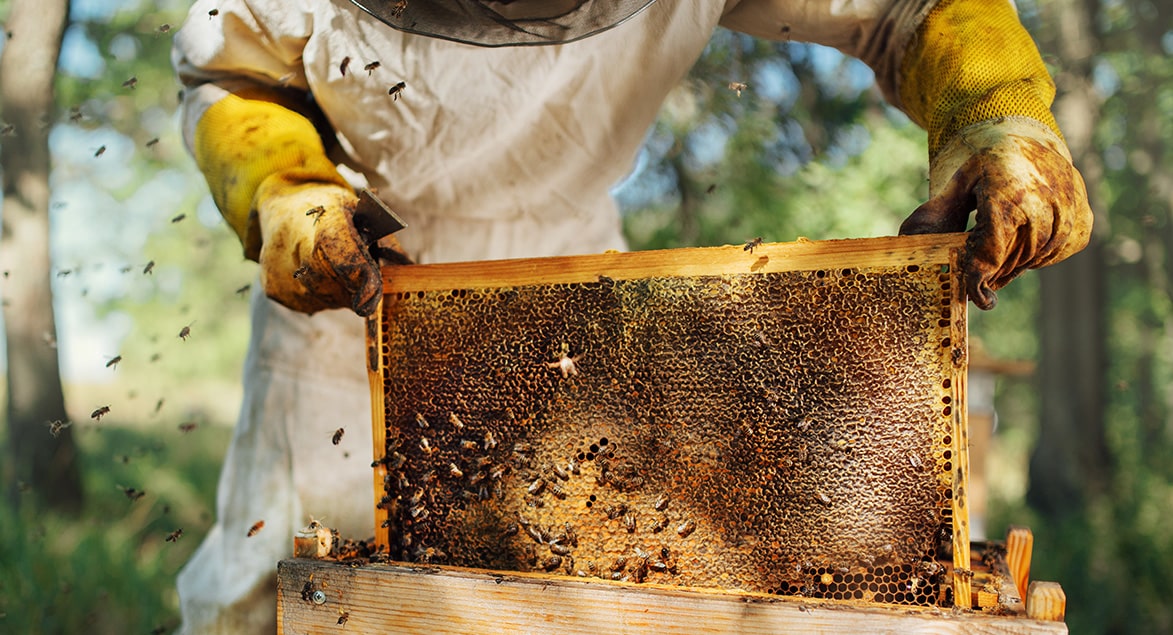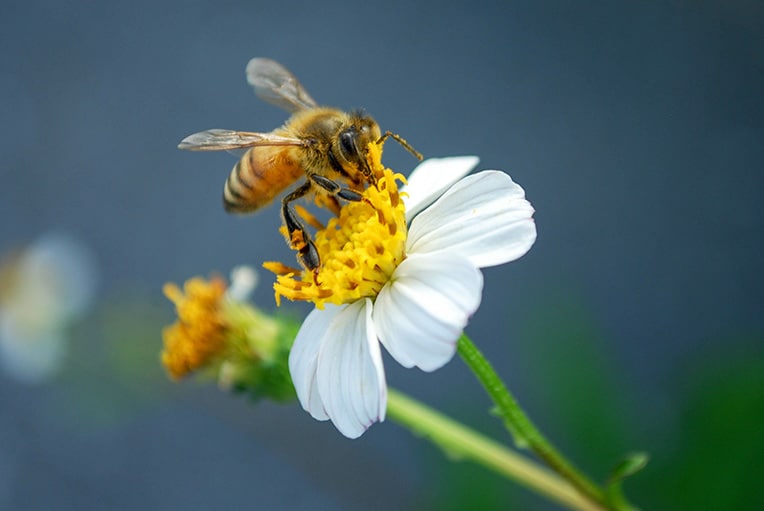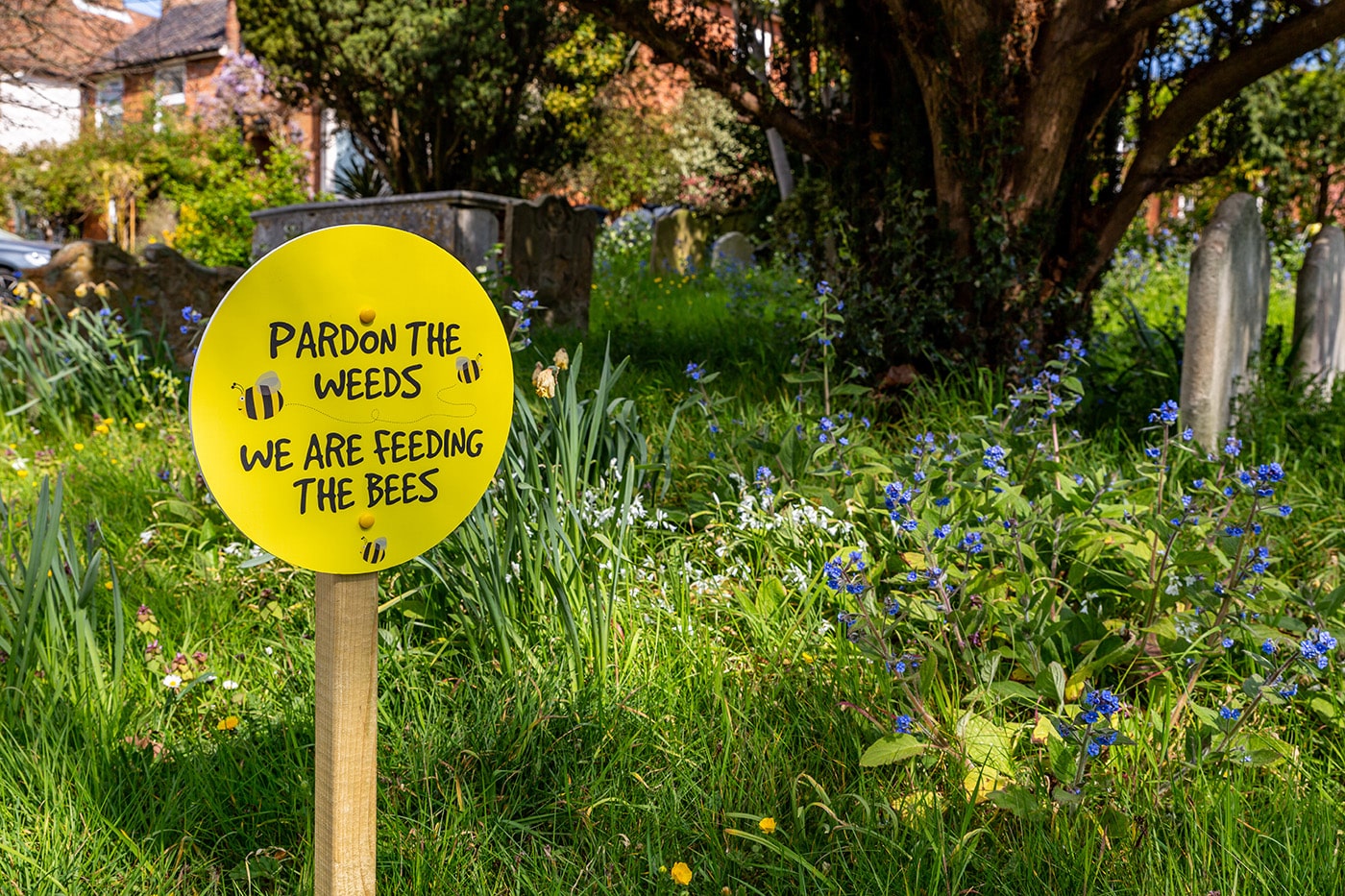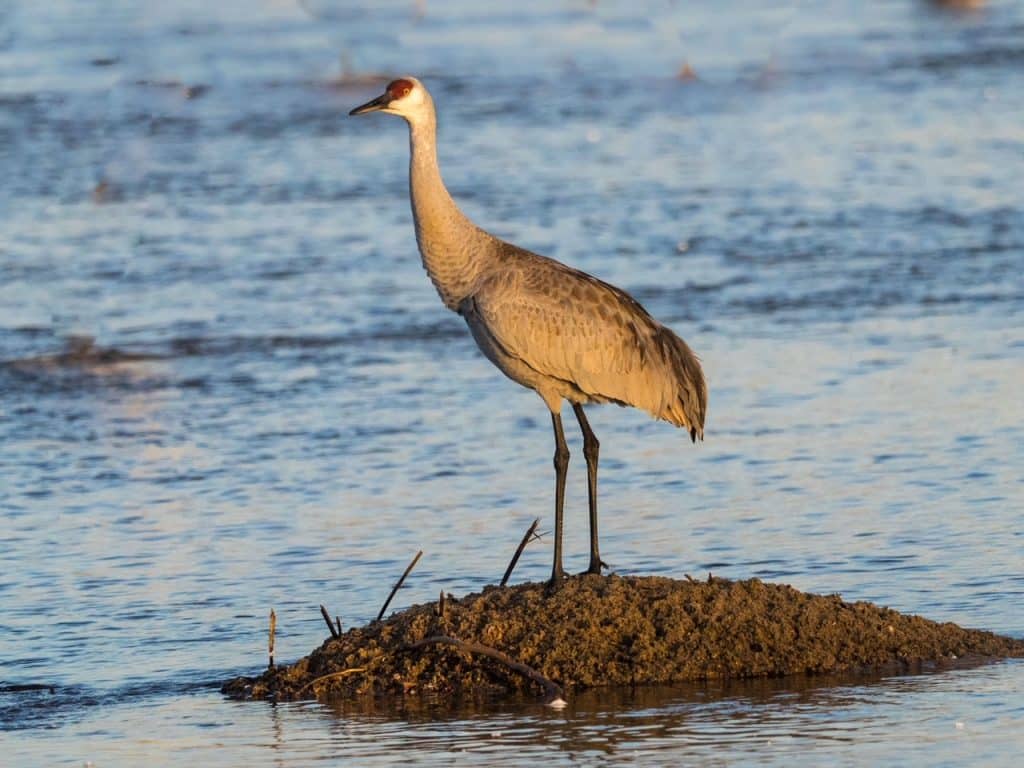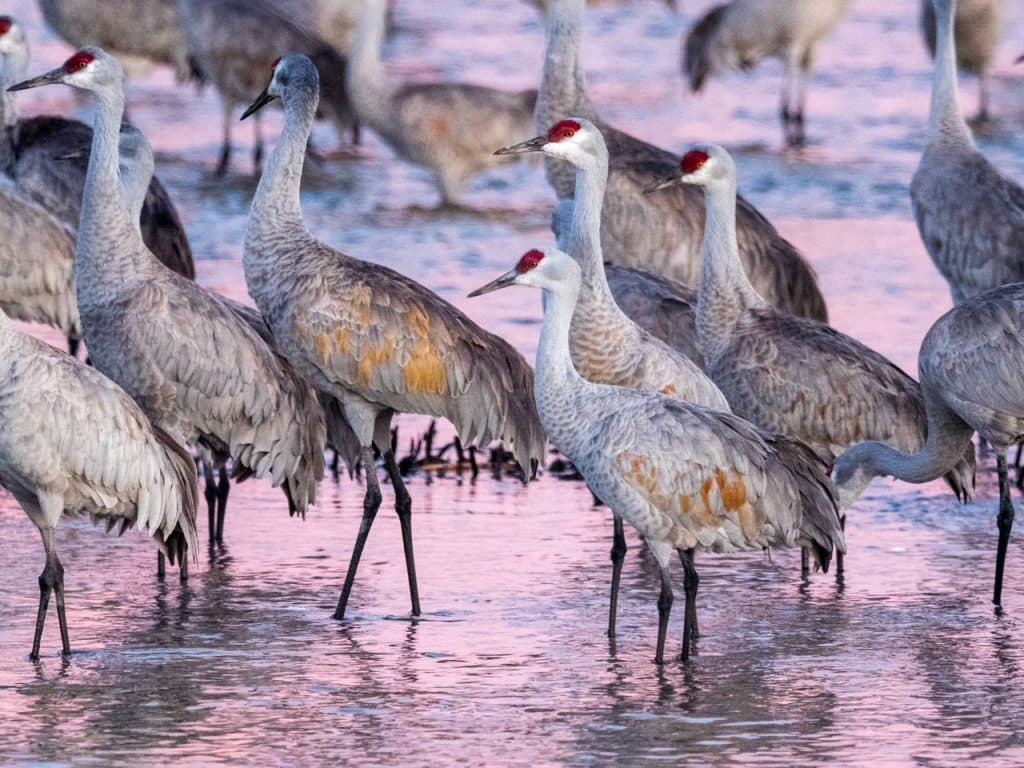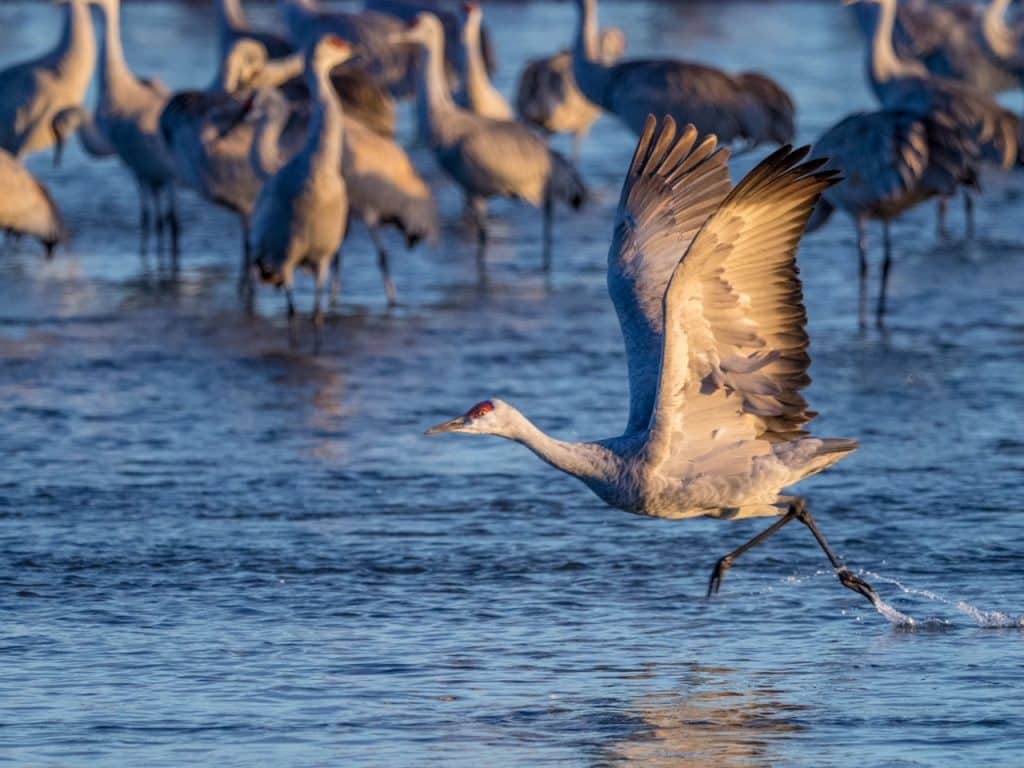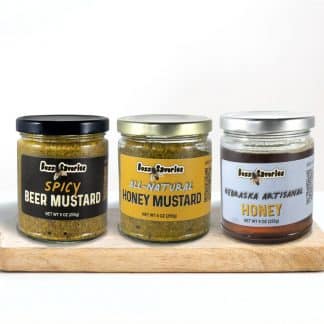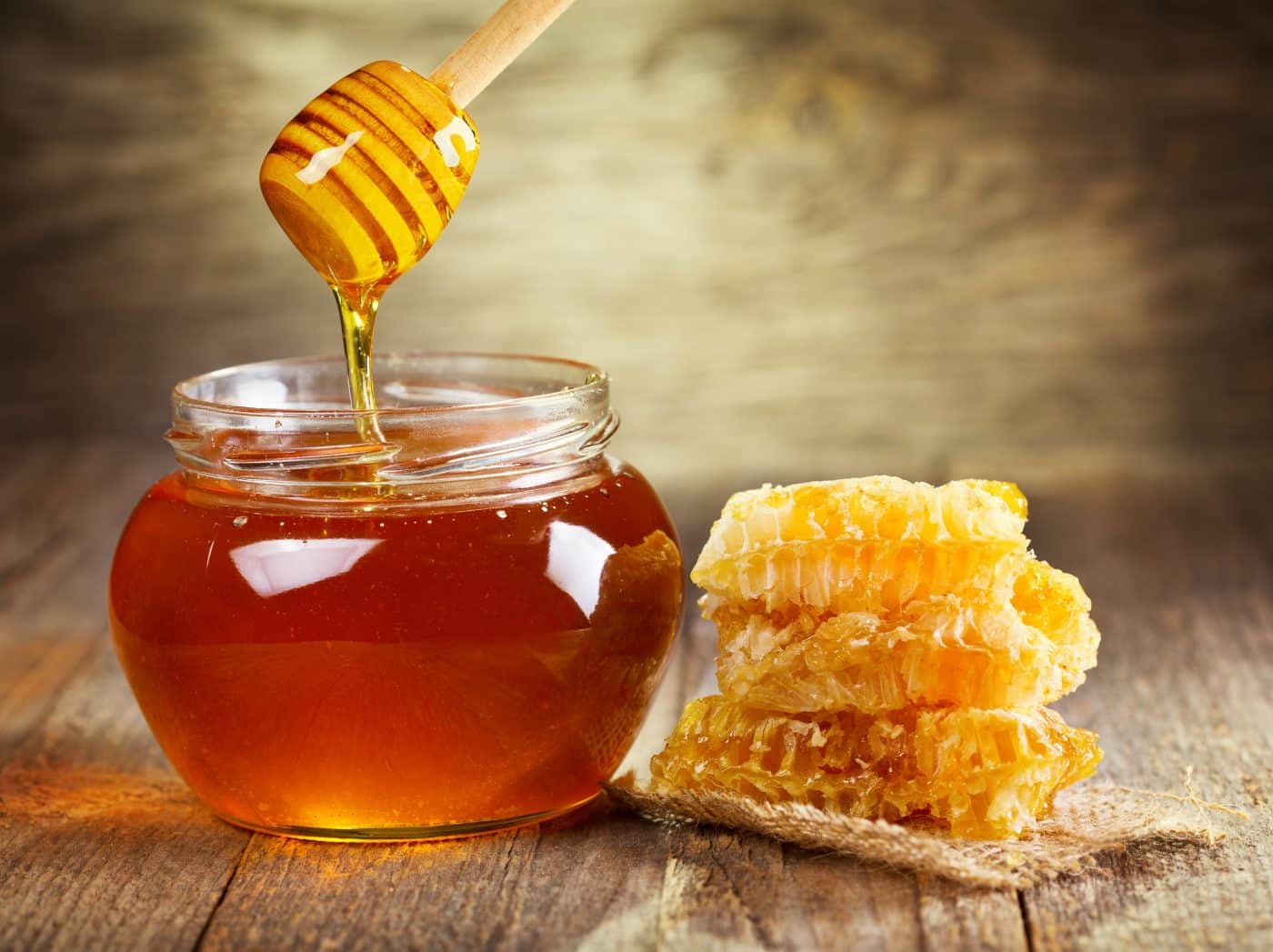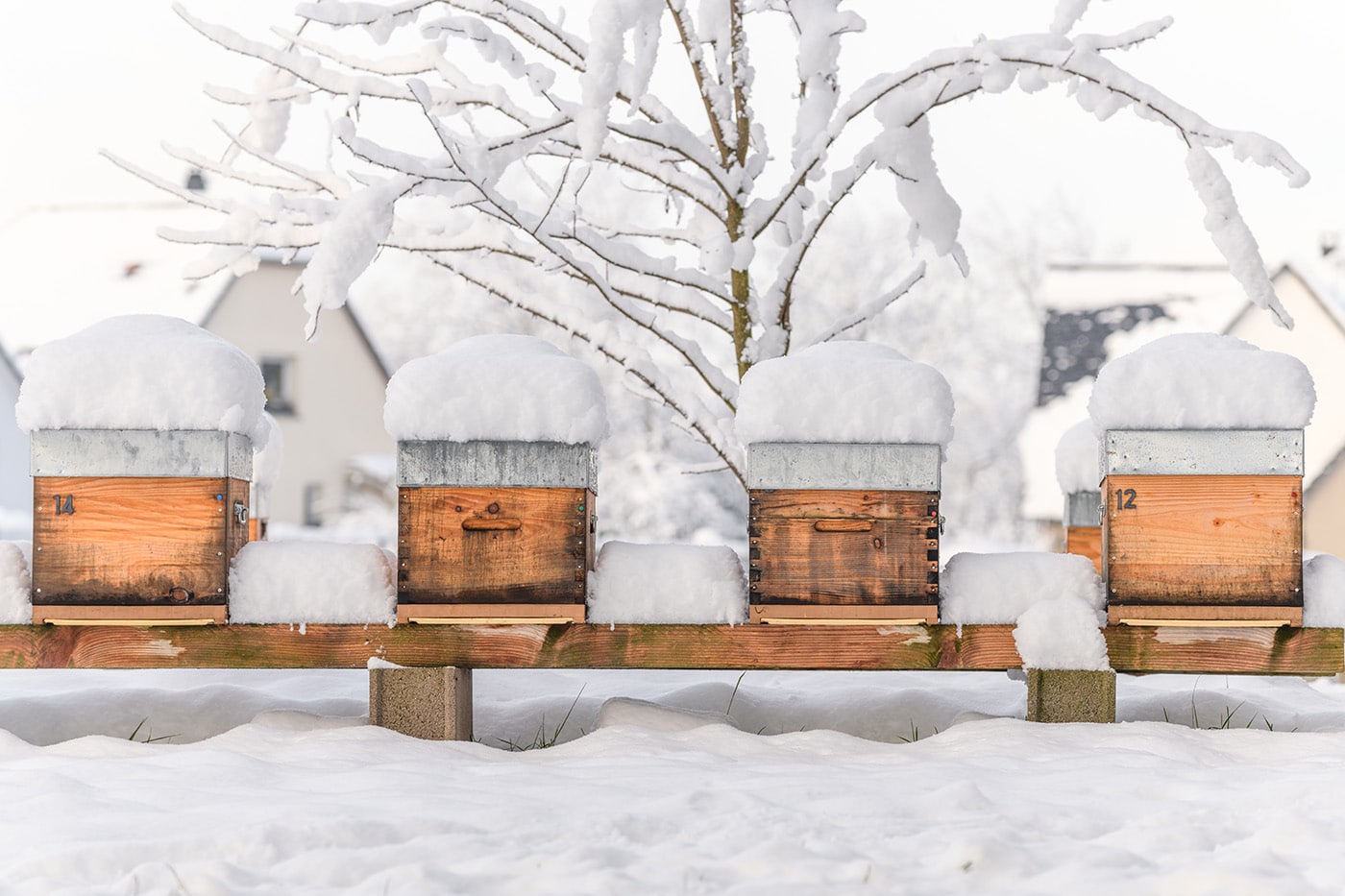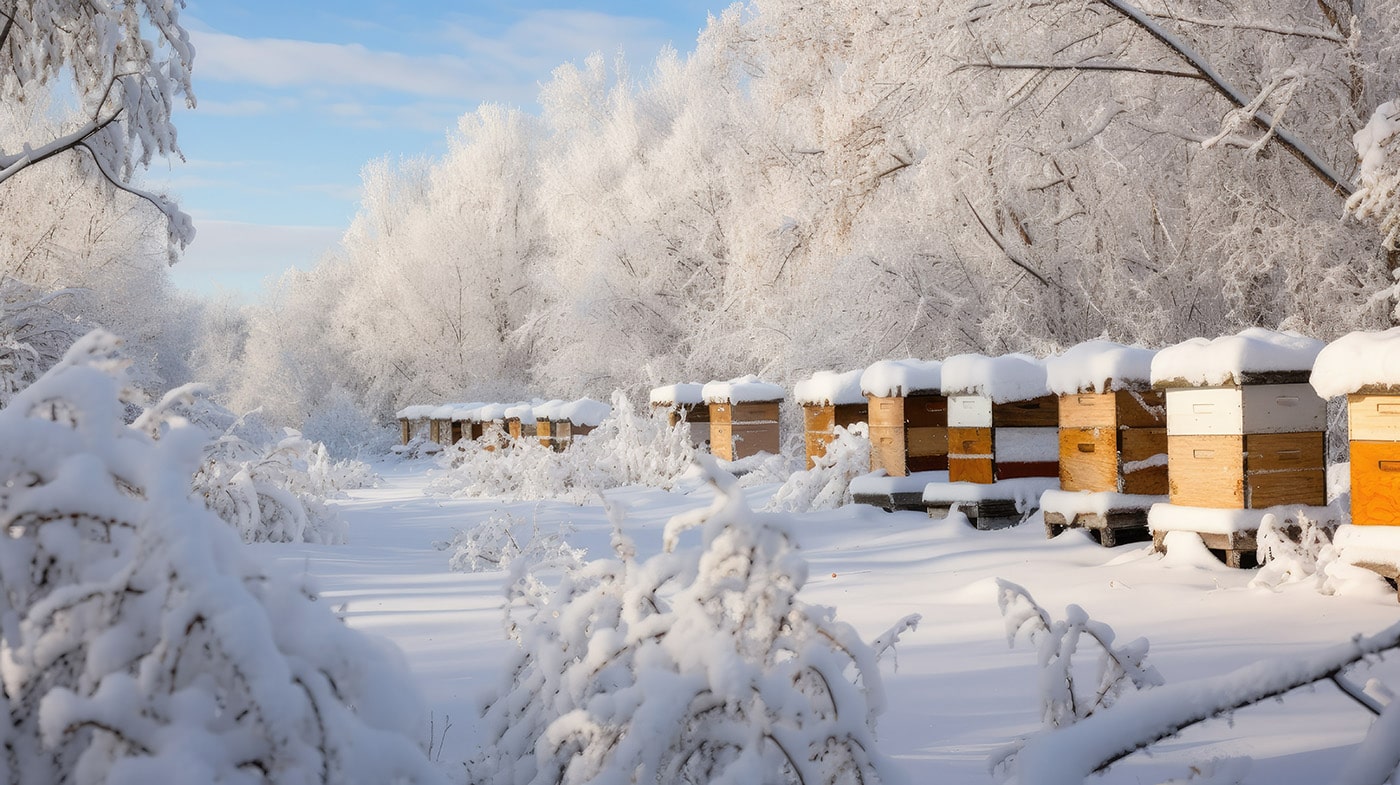I’m a beekeeper in great part because I love the taste of honey. I consider honey as a “Food of the Gods” and Royalty. It is beyond my belief, even after years of beekeeping, that tiny bees produce this delicate, sweet substance.
Before my interest grew from a happy consumer of honey into the work of beekeeping, I knew honey by drizzling it on my English muffin and stirring honey into a cup of tea.
Now that I am a beekeeper, my honey recipe repertoire is expanding, and I would like to share some of my favorites with you.
Sweeten Hot Drinks
Honey melts in a hot liquid like tea, coffee or milk. A cup of hot tea flavored and sweetened with a teaspoon of honey truly soothes and softens my nerves in the midst of a hectic day. A honey lemon and hot tea also soothes a scratchy throat.
I make a Coffee and Honey Miel – see recipe at Buzzsavoriesllc.com – search for Miel. A Miel (either hot or iced) offers another way to relax a busy mind or enjoy the delicious blend of coffee, hot milk and honey.
Bake
I often bake with honey because the sweetness of honey lingers less in my mouth than the cloying taste of sugar. I use less honey than sugar to acquire the pleasant sweetness I want in the recipe meaning fewer calories per serving.
See a recipe for a Honey and Pecan pie that is so fine that I advise you to invite friends when the pie comes out of the oven, or you may eat the entire pie before guests arrive. See this recipe and another for a Honey Cake and Honey Biscuits in a strawberry Short Cake dessert or a Biscuit and Rhubarb Compote Dessert, Honey Graham Crackers, Honey Rhubarb Crisp—all tasting marvelous and with healthy components. Homemade Honey Buns, Pear and Honey Ricotta Tart, the list goes on. Recipes found at Buzzsavoriesllc.com.
Glazes and Marinades
A honey/mustard glaze flavors smoked meats on the barbecue and seals the moisture into the meat because both honey and mustard have properties to retain moisture. Honey contributes to browning and adds an appealing char to grilled meat and vegetables.
At BuzzSavoriesllc.com, you will find recipes for oven-baked corn beef with a Honey Mustard glaze, Grilled Chicken with Spicy Beer Mustard and Honey Glaze, Grilled Pork Tenderloin, Baked Ham with Honey Mustard Glaze, Sweet Mustard Pork Chops and Maple Mustard Grilled Chicken (substitute honey for maple syrup in this recipe).
A Cheese Board
To add interest to your Cheese Board, arrange a honey dipper and a bowl of Buzz Savories honey with the cheeses. The sweetness of honey compliments the salty flavors of cheese and smoked/cured meats.
Roast Vegetables
A vegetable’s natural sugar caramelizes when roasted. Honey increases the natural sweetness of onions, carrots, beets, sweet potatoes, asparagus and more by drizzling vegetables with olive oil and honey before roasting. Vegetables may become the star of the dinner instead of the side dish.
Salad Dressings
Honey mellows the acids in vinegar and the blend of honey and vinegar intensifies the flavors of salads. The bowl empties and you hear, “May I have more salad?” Blend the usual vinaigrette, add ½ tsp of honey to your dressing jar, and shake vigorously because honey does not dissolve in liquids at room temperature. Taste and possibly add more honey. See Buzzsavoriesllc.com and search salads for recipes for Honey-Lime Cabbage Slaw and Memphis Slaw. Honey can substitute for the maple syrup in the Maple Vinaigrette dressing.
Cocktails
Honey in syrup form is an ideal addition to your home bar and will elevate your cocktails to the next level. For cold cocktails, make a simple honey syrup by warming honey and water to a simmer then chilling the syrup and store for weeks in the refrigerator. See the recipe for Honey Syrup in The Blushing Bee recipe and try both Blushing Bee and the Bees Knees cocktail.
